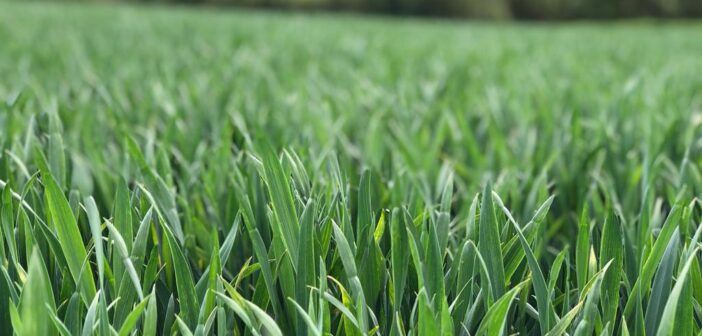Following the wet autumn and winter, Chris Harrold, YaraVita product manager at Yara, has recommended crop analysis and a complete nutrition plan to maximise crop potential.
“Waterlogging alters the physical properties of the soil by reducing porosity, so you get that anaerobic situation which limits root growth,” he said. “It also has a negative impact on soil microbes and causes nutrient leaching, particularly of nitrogen, sulphur, and trace elements like boron.”
A lack of any one nutrient can limit growth, he added, so carrying out analysis throughout the season can help to ensure this is avoided. “Quite a lot of growers and agronomists are using tissue analysis, sap analysis, soil analysis, and grain analysis throughout the season to monitor how successful their crop nutrition programme is. Any one measure won’t give you the full picture, but a combination will really help you maximise what you can do with your crop nutrition. It’s all about getting the basics right.”
In winter wheat, the focus is on the number of ears per square metre, the number of grains per ear and the individual grain weight. AHDB benchmarks an 11-tonne crop as 460 ears per square metre, 48 grains per ear, and 50mg per grain.
“It’s critical that growers assess their crops and maximise biomass as much as possible over the next month. This means applying enough nitrogen and sulphur to improve the root structure and to encourage crops to tiller,” explained Mr Harrold. “Sulphur in particular should be applied little and often throughout the season as wet weather causes leaching through the soil. It’s not just about nitrogen and sulphur with winter wheat however, manganese is essential for building biomass and phosphate is important for root growth. Due to the waterlogging we’ve seen, a foliar application of phosphate can help crops whose roots have been compromised by waterlogging.”
“Our recommendation to bypass the root issue is getting some fresh phosphate into the leaf with a foliar nutrient product like YaraVita Crop Boost. It has a readily available form of phosphate in it as well as some potassium, magnesium, and zinc. It’s quickly taken up by the plant and provides a lasting feeding effect.”
Previous trials by the company have shown that crop boost applications, followed by YaraVita Gramitrel, can boost yields by over half a tonne per hectare. “Growers should apply crop boost during the tillering period and follow this up later with an application of Gramitrel at growth stage 30/31. We’ve seen a good return on investment with the sequenced application of these products,” added Mr Harrold.




